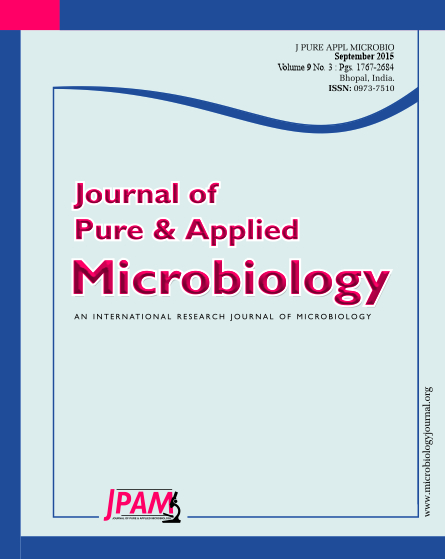Vancomycin resistant Enterococci (VRE) are becoming a major emergence problem concern in urinary tract infection (UTI) at Shpin Elkom Teaching Hospitals, Menofia University. The aim of study to estimate the extent of spread of Enterococcai infection as well as vancomycin-resistant. Enterococci were isolated from 200 UTI patients and identified as E. faecalis by biochemical tests using the API test kit. VRE was determined by agar disc diffusion. The results showed that, 34 (26.5%) Enterococci were isolated from UTI patients. E. faecalis (64.7%) was the most common isolate followed by E. faecium (35.3%) out of 34 UTI patients. Among the UTI 64.7% Enterococci were phenotypically resistant to Vancomycin. Vancomycin resistance genes (vanA, vanB) and biofilm formation (esp gene) were detected by amplifying the respective genes by PCR. This study shows increase prevalence of Enterococci and VRE isolates as a cause of urinary tract infection in our hospitals. It should be still careful of appropriate use of antibiotics such as vancomycin. Detection and containment of VRE, a more targeted, systematic approach is needed among patients.
Enterococci, Urinary Tract Infection, Vancomycin Resistance, PCR, API test kit
© The Author(s) 2015. Open Access. This article is distributed under the terms of the Creative Commons Attribution 4.0 International License which permits unrestricted use, sharing, distribution, and reproduction in any medium, provided you give appropriate credit to the original author(s) and the source, provide a link to the Creative Commons license, and indicate if changes were made.


